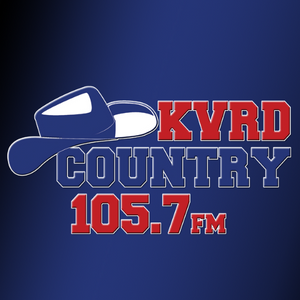Since its launch in early March, the Upper Rio de Flag Forest Restoration Project has reached important initial milestones toward the goal of reducing the significant wildfire and post-wildfire flood risks that face the greater Flagstaff area.
Spearheaded by the Coconino National Forest and the Coconino County Flood Control District, the Upper Rio de Flag Forest Restoration Project targets roughly 12,000 acres across six priority areas in the first phase of its forest restoration treatments.
In a recent meeting with the Coconino County Flood Control District Board of Directors, the Coconino National Forest announced that it had signed a contract with Perkins Timber Harvesting for forest restoration measures on one of these priority areas—the 2,604-acre Wing East project area. Perkins Timber Harvesting, a local firm headquartered in Williams, Arizona, is expected to begin forest treatment operations this week.
Within the next month the Coconino National Forest also expects to finalize a contract with The Nature Conservancy for treatment of 2,053 acres on the Hoch and Little Wing project areas. According to Coconino National Forest District Ranger Matt McGrath, The Nature Conservancy has expressed its intent to complete treatments in these project areas within a calendar year.
“This is going just as quickly as we hoped,” said McGrath. “These contracts represent some good initial progress.”
Contracts for two other project areas—the 2,586-acre Derffer area and 4,865-acre Wing West area—are expected to be offered in October 2024. Contract decisions for the sixth priority project area, known as the Leroux area, are anticipated for May 2025.
“Investments into proactive forest restoration are not just sensible, they are imperative,” said Patrice Horstman, Coconino County District 1 Supervisor. “The people of Coconino County intimately understand the importance of moving these projects forward to reduce the risk of future catastrophic wildfire.”
The Coconino National Forest and Coconino County Flood Control District launched the Upper Rio de Flag Forest Restoration Project earlier this year after two studies commissioned by the District identified a high risk of catastrophic wildfire and post-wildfire flooding within the Upper Rio de Flag Watershed.
As estimated by these studies, the potential economic impact of wildfire in this area could range from $535 million to $2.8 billion. The project’s first phase is focusing treatments within roughly 12,000 acres that are critical to reducing catastrophic wildfire risk on the 21,500-acre watershed.
“Forest restoration in Coconino County is a matter of public safety,” said Coconino County Forest Restoration Director Jay Smith. “It is the best tool we have to break out of the wildfire-flood cycle. It is encouraging to see such important work progress in a timely manner.”
Last month, the Coconino County Board of Supervisors allocated $7.6 million from the Coconino County Forest Restoration Initiative budget to fund forest restoration within the Upper Rio de Flag Forest Restoration Project and the Bill Williams Mountain Forest Restoration Project.
To date, Coconino National Forest has committed about $11 million to the Upper Rio de Flag Forest Restoration Project and will take lead on generating the grants, allocations, or contracts necessary to make up the remaining $13 million of anticipated costs to complete the project’s initial phase.
For more information on the Upper Rio De Flag Watershed Restoration Plan, visit: www.coconino.az.gov/3302/Upper-Rio-De-Flag-Watershed-Forest-Resto.
Information on how to access a recording of April 23 Board of Supervisors Presentation plan presentation can be found at: www.coconino.az.gov/104/Board-of-Supervisors.









